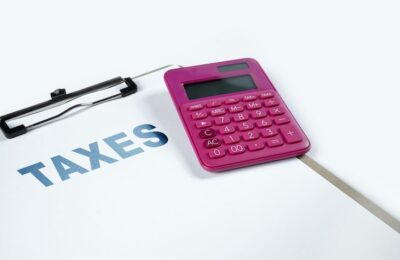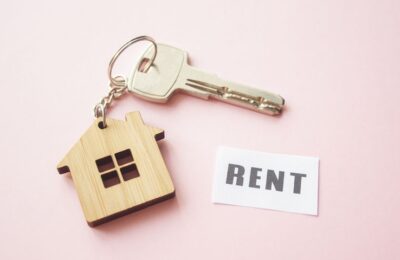Domestic items relief – what is all that about?
We are often asked by our landlord clients to clarify the difference between a replacement item of furniture, furnishing, household appliance or kitchenware as opposed to a purchase that may be considered an improvement. The difference is critical, as it determines whether a cost is tax deductible or not and it’s all about domestic items relief.
Domestic Items Relief (DIR) was introduced in 2016. To qualify for DIR the following points need to be considered:
- For Domestic Items Relief to apply the dwelling house can be unfurnished, part furnished or fully furnished.
- An expense must be incurred on purchasing a replacement domestic item, the ‘new item’.
- The new item must also be solely provided for use by the tenants in a dwelling house and the old item must no longer be available for use in that dwelling house.
- The initial cost of purchasing domestic items for a dwelling house isn’t a deductible expense for tax purposes so no tax relief is available for that cost. Tax relief is only available for replacement items.
Tax relief is given against rental income for:
- The cost of the replacement item
- Less the cost of any element of improvement (beyond the nearest modern equivalent)
- Less any proceeds of sale of the old item
- Plus any costs of disposing of the old item
Relief is given for ‘domestic items’ which includes:
- Moveable furniture
- Furnishings such as carpets, curtains and linen
- Household appliances such as fridges and freezers
- Kitchenware such as crockery and cutlery
- Televisions
Items must be provided solely for the use of the tenant within the residential property.
Relief is not available if rent a room relief is claimed.
It is important to consider whether the new item is an improvement over the replaced item.
HMRC have outlined the following points and examples:
- If a new sofa would have cost you £400 but you buy a sofa bed instead, which cost you £550, you could only claim the £400 as a tax deduction and no tax relief is available for the £150 difference.
- When considering if the new item is an improvement over the old one, the test is whether the replacement item is or isn’t the same, or substantially the same, as the old item.
- Changing the functionally (from a sofa to a sofa bed for example) means the replacement isn’t substantially the same as the old item.
- If you do have a sofa bed and later purchase a replacement sofa bed for use in that dwelling house, you would be able to claim the full cost of that new sofa bed. That’s provided there was no improvement over the old sofa bed and the old sofa bed is no longer available for use in that dwelling house.
- Changing the material or quality of the item also means the replacement isn’t substantially the same as the old item. If you upgrade from synthetic fabric carpets to woollen carpets, the replacement isn’t substantially the same as the old item so there has been an improvement. You may wonder how likely it is that HMRC are going to come and examine your carpets however!
- If the replacement item is just a reasonable modern equivalent, for example, a fridge with an improved energy efficient rating compared to the old fridge, this isn’t considered to be an improvement and the full cost of the new item is eligible for relief.
One final point.
When you first purchase a property to let, make sure that figures are shown in the contract to cover the values of the domestic appliance items which are included in the purchase.
In this way, when you replace these items at a future date it will make it that much easier to demonstrate eligibility for Domestic Items Relief.
Landlord needing advice?
If you are a landlord have a look at our dedicated Buy To Let pages on our website here.
About Karen Jones
Having worked for one of the world’s largest accountancy firms, Karen Jones uses her tax knowledge and skills to help clients obtain substantial reductions to their tax liabilities.
With an expanding portfolio of tax clients, Karen enjoys the variety her work brings her and particularly likes working with new businesses and people. With a growing number of tax clients, she frequently faces a variety of challenges and relishes the experience she gains as she solves them.
Karen likes the THP ethos: “I like the way the team has a professional, but friendly and down-to-earth approach – it creates a productive atmosphere that benefits everyone.”
Karen’s specialist skills:
- Personal Taxation
- Tax Efficient Planning
- Trust Administration












